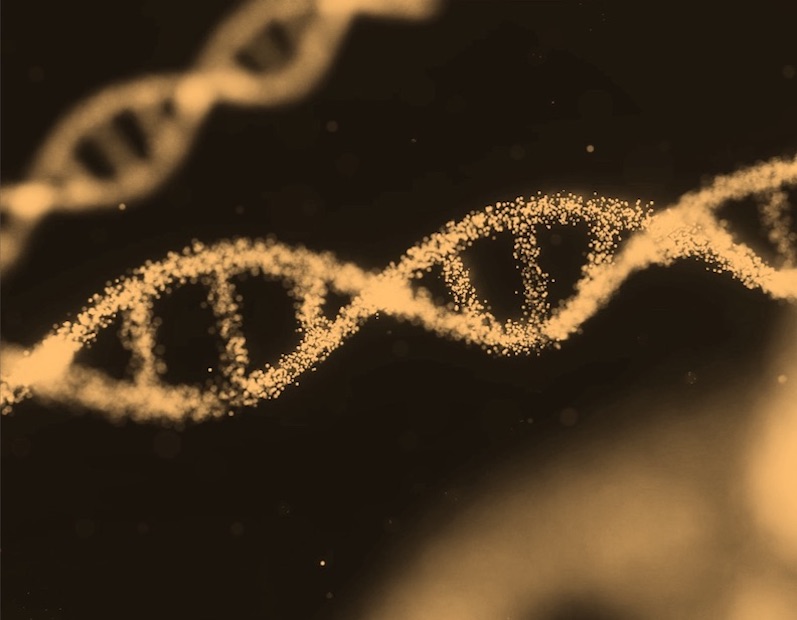What is it about?
In the last ten years, a consistent number of clinical studies have evaluated different gene approaches for the treatment of patients with sickle cell disease (SCD) and transfusion-dependent Beta-thalassemia (TDT). Initial studies of gene therapy for hemoglobinopathies involved the use of lentiviral vectors to add functional copies of the gene encoding -globin in defective CD34 cells. More recently, gene editing techniques have been used involving either CRISPR-Cas9, transcription activation-like effector protein nuclease, zinc finger nuclease, and base editing to either induce fetal hemoglobin production at therapeutic levels or to repair the underlying molecular defect causing the disease genetically.
Featured Image
Why is it important?
The treatment landscape for hemoglobinopathies gained a novel addition when the FDA and EMA approved the CRISPR-CAS9 gene editing therapy (Exa-cel) for the treatment of patients with SCD and transfusion-dependent -thal. This was the first gene editing therapy to receive regulatory approval and opened the way to a new era in the treatment of monoallelic genetic diseases.
Perspectives

However, despite the very favorable results obtained in these studies and the exciting implications for patients with SCD and thalassemia, the exorbitant cost of Exa-cel, estimated to be in the order of $2.2 million per patient, is expected to limit access to this revolutionary therapy greatly. Furthermore, the healthcare structures suitable for administering autologous gene therapy are limited. We need to follow patients longer to evaluate the long-term efficacy and safety of gene editing-based therapies. Future studies must assess the possible consequences of off-target editing and the effects of the gene editing procedure on clonal hematopoiesis and on the expansion of hematopoietic cells bearing mutations potentially associated with myeloid malignancies.
Prof. Giuseppe Leone
Universita Cattolica del Sacro Cuore
Read the Original
This page is a summary of: THERAPEUTIC GENE EDITING FOR HEMOGLOBINOPATHIES, Mediterranean Journal of Hematology and Infectious Diseases, August 2024, Institute of Hematology, Catholic University,
DOI: 10.4084/mjhid.2024.068.
You can read the full text:
Contributors
The following have contributed to this page








